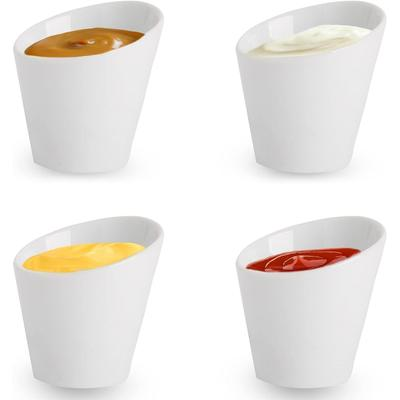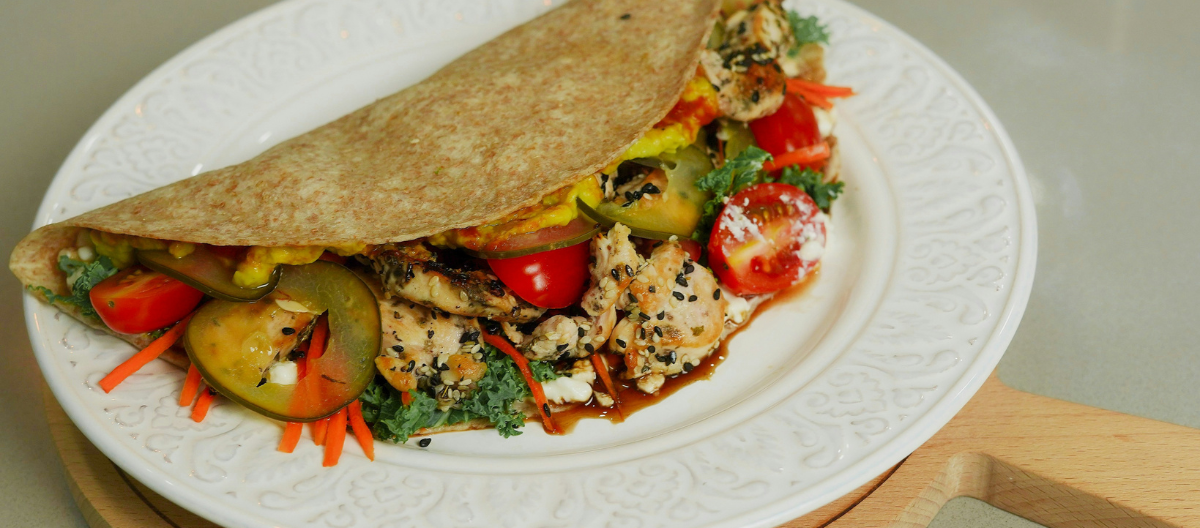Hey Diva dressing fans! When the items we love coincide with brands we work with, Diva dressing will use Paid Links in our articles. If you decide to click on these links and purchase the product, we get a small commission. Our Opinions Are Our Own, but we do add Paid Links as a way to offer these products at no added cost to our readers. Want to know more? Click Here to check out our Terms of Use anytime!
Molecular gastronomy is a culinary movement that blends science and art, transforming traditional cooking methods into innovative dining experiences. By applying scientific principles to food preparation, chefs can create new textures, flavors, and presentations that challenge conventional notions of cuisine. As the field continues to evolve, several key innovations and trends are shaping the future of molecular gastronomy.
Sous Vide Cooking
Sous vide has become a cornerstone technique in molecular gastronomy. By vacuum-sealing food in a bag and cooking it at a precise low temperature in a water bath, chefs can achieve perfect doneness and retain moisture and flavor. This method allows for enhanced control over texture and taste, making it popular in fine dining.
Spherification
One of the hallmark techniques of molecular gastronomy, spherification involves creating liquid-filled spheres that burst in the mouth. This is achieved using sodium alginate and calcium chloride, allowing chefs to encapsulate flavors and create unique dining experiences. Variations include reverse spherification, which can be used for beverages and sauces.
Foam and Emulsion Techniques
Chefs are increasingly using foams and emulsions to introduce new textures and flavor profiles. Using tools like the iSi whipped cream dispenser, chefs can create light, airy foams from ingredients like fruits, herbs, and even savory broths, adding a modern twist to dishes.
Science of Flavor Pairing
Understanding the science behind flavor compounds has led to innovative combinations that elevate dishes. Chefs analyze flavor profiles and molecular structures to pair ingredients that may not traditionally go together, creating surprising and delightful experiences.
Deconstructed Dishes
Deconstruction involves breaking down traditional dishes into their component parts, presenting them in a new and unexpected way. This technique invites diners to experience familiar flavors through novel textures and presentations, challenging their perceptions of classic recipes.
Artistic Plating
Molecular gastronomy places a strong emphasis on the visual appeal of dishes. Chefs use techniques like foams, gels, and powders to create intricate designs on plates, turning food into a form of art. This trend not only enhances the dining experience but also engages the senses visually.
Interactive Dining Experiences
Many chefs are now creating interactive dining experiences that engage guests in the preparation or presentation of their meals. This might include using smoke, dry ice, or other theatrical elements to enhance the sensory experience, making dining more immersive.
Eco-Friendly Practices
As the culinary world increasingly focuses on sustainability, molecular gastronomy is no exception. Chefs are exploring methods to minimize food waste, such as using every part of an ingredient or incorporating by-products into new dishes. This trend aligns with a broader movement towards responsible sourcing and environmental consciousness.
Farm-to-Table Ingredients
The use of fresh, locally sourced ingredients has become essential in molecular gastronomy. Chefs are collaborating with local farmers to ensure high-quality produce, which enhances flavor and supports local economies. This trend also emphasizes seasonality and freshness in culinary creations.
Digital Tools and Apps
With the rise of technology in the kitchen, chefs are utilizing apps and digital tools to enhance their cooking processes. These tools can help with precision cooking, recipe development, and ingredient sourcing, making it easier for chefs to experiment and innovate.
3D Food Printing
3D printing technology is emerging in the culinary world, allowing chefs to create intricate shapes and designs that would be difficult to achieve by hand. This innovation opens new avenues for creativity and personalization in food presentation.
Cross-Cultural Techniques
Molecular gastronomy is not confined to any single cuisine; rather, it draws inspiration from culinary traditions worldwide. Chefs are experimenting with fusion techniques, blending molecular gastronomy with elements from various cuisines to create unique and diverse dishes.
Global Ingredient Exploration
As chefs explore international ingredients, they are incorporating unique flavors and textures into their molecular gastronomy creations. This trend promotes culinary diversity and encourages diners to experience global flavors in innovative ways.
Here are some products that can help in your kitchen
Portmeirion Botanic Garden Pasta Low Fruit Bowl $74.24

Christopher Knight Collection Metropolitan Fruit Bowls Set of 6 $76.49
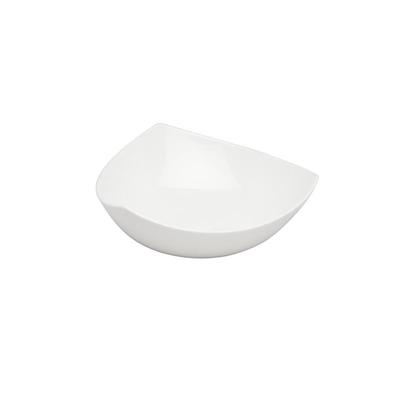
Stainless Steel Sauce Dishes, Metal Sauce Bowls Condiment Cups $10.12
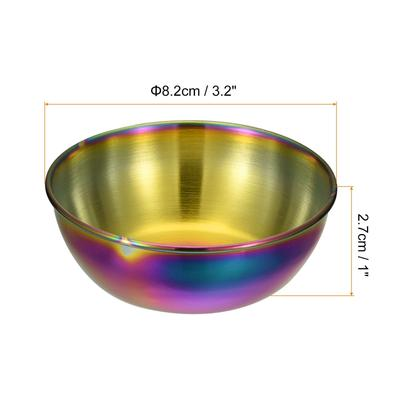
Dish Drying Mat, 7.87″ x 7.87″ Microfiber Absorbent Dishes Drainer Mat $8.62
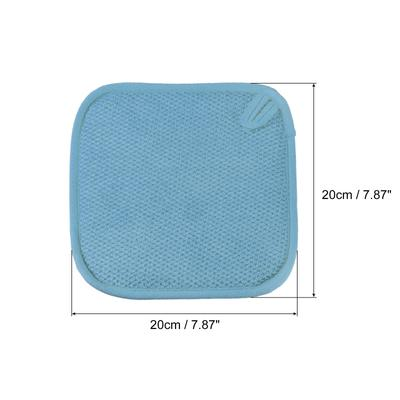
12Pcs Kitchen Dish Cloths, Coral Velvet Hand Towels for Dishes $12.32

Farmhouse Decor Porcelain Dipping Bowls Sauce Dishes $14.44
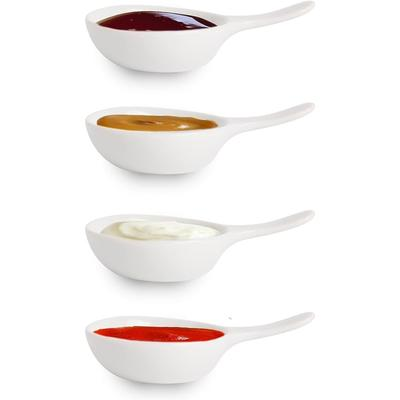
Farmhouse Decor Porcelain Dipping Bowls Sauce Dishes – Set of 4 Elegant White Soy Sauce Dish $14.44
